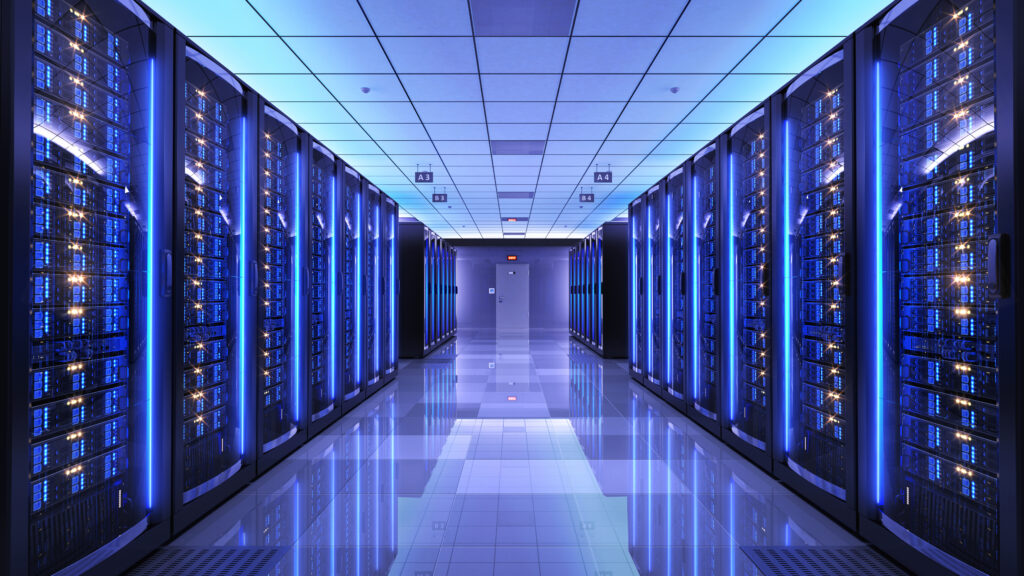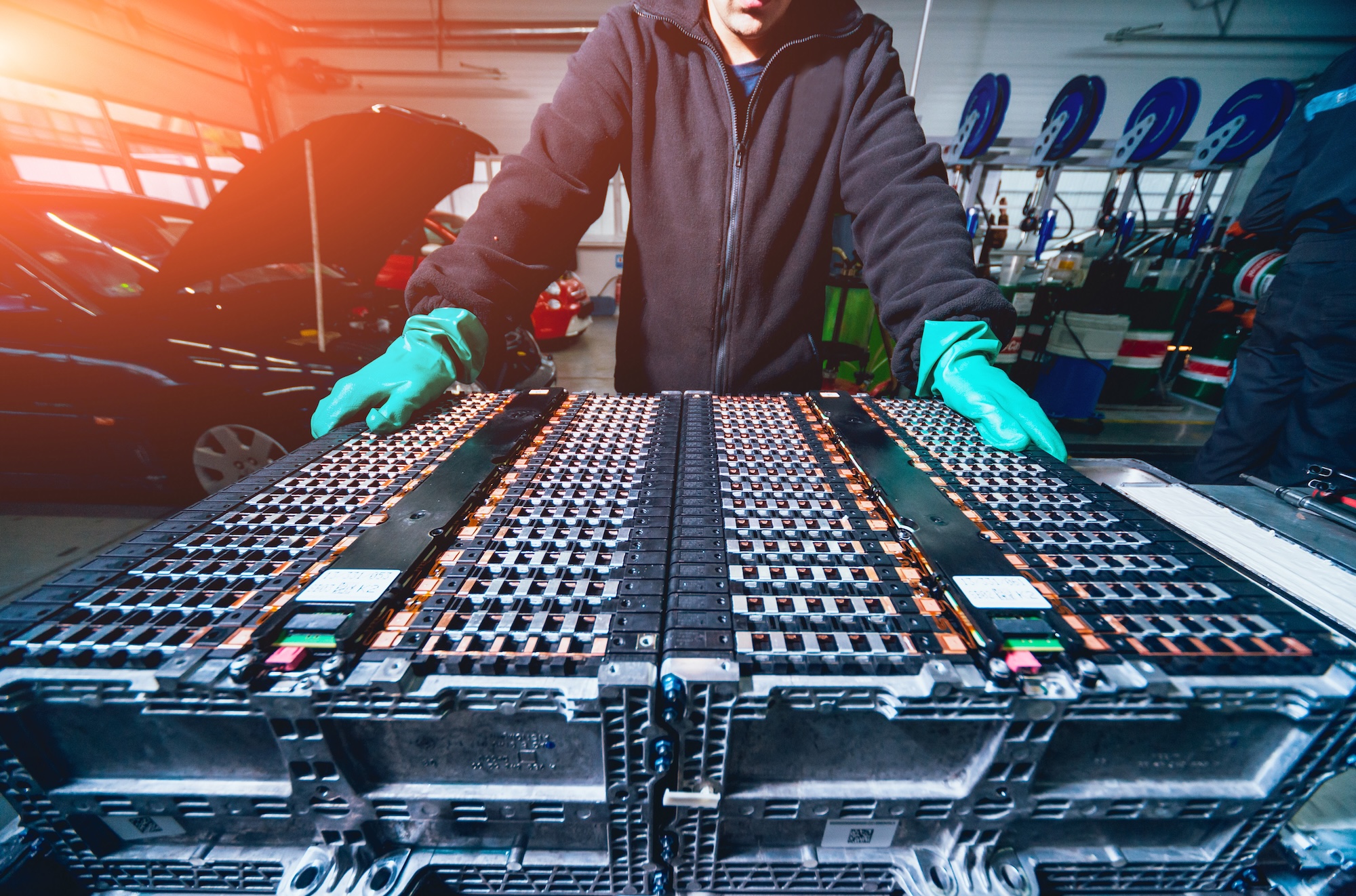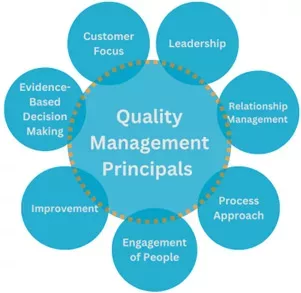Materials Driving the AI & Semiconductor Boom

Materials Powering the AI and Semiconductor Boom are at the heart of today’s technological transformation. The rapid advance of artificial intelligence and generative models is reshaping industries across the board. From data centers running massive neural nets to edge devices delivering smarter, faster computation, the backbone of this revolution lies in the raw and refined materials driving semiconductor innovation. As demand for compute power surges, so too does the pressure on supply chains for critical inputs like silicon wafers, rare earths, and conductive metals. This creates both risk and opportunity for companies that source, supply, or depend on these essential materials.
What’s Fueling the Surge
Generative AI, machine learning, and big data analytics have caused computational needs to increase at an unprecedented rate. Training large models requires vast numbers of GPUs, ASICs, or other accelerator chips. These in turn require more silicon wafers, more complex doping processes, more specialized interconnects, and ever-higher purity for all materials. According to McKinsey, demand for logic and memory wafers alone is expected to grow significantly by 2030, driven in part by AI training and inference workloads¹.
Simultaneously, cloud infrastructure and data center expansion add new demand for packaging, cooling, power regulation, and optical interconnects. Every increase in compute performance tends to multiply material needs: more copper or cobalt in interconnects, more rare earths in specialized components, more specialty chemicals in manufacture and etching.
Key Materials at the Heart of the Boom
Some materials are more critical than others because they are harder to substitute, harder to source, or because their supply is already strained. Below are several that are under especially high pressure:
- Silicon: The foundation of almost all semiconductor devices. Ultra-pure silicon wafers are the substrate upon which transistors are built. As chip designs shrink and nodes move to sub-5nm levels, the quality, defect tolerance, and wafer size become more demanding².
- Rare Earth Elements (REEs): Elements like neodymium, praseodymium, terbium, dysprosium, and others are used for specialized functions such as doping, magnetics, or components that need high magnetic or optical performance. While AI and semiconductors make up less than 10% of overall REE consumption currently, their supply chains are dominated by few geographies and processing capabilities³.
- Conductive & Interconnect Metals: Copper and cobalt remain essential for wiring and power delivery inside chips and between server components. Meanwhile, gallium, germanium, and other minor metals are increasingly important in high-frequency or high-efficiency applications and optical communications⁴.
- High-Purity Materials & Specialty Chemicals: Beyond metals, many other materials are essential: ultra-pure gases for deposition (e.g. nitrogen, argon), photoresists, etchants, high-purity alumina for insulation or optical layers, and advanced packaging materials. Supply of such specialty inputs is often overlooked until bottlenecks arise⁵.
Supply Risks & Challenges
Several interlinked challenges threaten to slow or destabilize material supply for the semiconductor boom:
- Geographic concentration: Many rare earth processing facilities and specialty refining capacity are located in a few countries. China remains dominant in REEs extraction and processing³.
- Purity & technology barriers: Producing silicon of semiconductor grade or high-purity specialty chemicals demands tight tolerances, clean rooms, and specialized infrastructure. Scaling such facilities is time- and cost-intensive.
- Regulatory, environmental, and energy constraints: As environmental standards tighten, some extraction/refinement practices may be limited or shut down. Energy costs and emissions also become major considerations, especially for metals and rare earths that require intensive processing or generate waste.
- Substitution difficulty: For many materials (e.g., certain dopants, interconnect metals, or specialty rare earths), substitutes either reduce performance or do not yet exist. Transitioning away from constrained materials often requires redesigning chips or fabricating new process flows, which is slow and expensive.
- Demand outpacing production capacity: Many fabrication facilities (fabs) are already booked out or limited by supply of upstream materials. According to industry reports, new fabs, packaging lines, and specialty chemical plants must come online fast to meet expected demand growth by 2030⁶.
How Reade Helps Clients Stay Ahead
Reade is positioned to support customers navigating this complex landscape through several levers:
- Strategic sourcing of critical inputs: By maintaining relationships with sources of rare earths, high-purity metals, and specialty chemicals, Reade can help secure supply ahead of shortages.
- Supply chain risk assessment: Identifying which materials your product depends on that have high supply risk lets you build redundancy, alternate suppliers or stockpiling where feasible.
- Assured documentation and traceability: As customers demand ESG compliance, low carbon footprint, or provenance in materials, Reade’s ability to provide Certificates of Analysis, safety data, and trace reports becomes even more valuable.
Looking Ahead In the AI Semiconductor Materials Space
The demand for materials driving AI and semiconductors is not a short term spike. Many analysts forecast a multi-year S-curve, with compounding demand in wafers, rare earths, metals, and specialty inputs through 2030 and beyond¹. That means companies that move early in diversifying supply, investing in recycling or secondary sources, and refining material specifications will be in a stronger position.
For the foreseeable future, constraints in material supply will continue to be a gating factor in how quickly fabs can scale, how aggressively designs can shrink, and where compute infrastructure is built. Vigilance, planning, and flexibility will define who succeeds in this material-driven era of AI.
References
- McKinsey & Company. “Generative AI: The next S-curve for the semiconductor industry?” March 29, 2024.
- Wafer World. “Does AI Depend on Wafers?” June 12, 2024.
- Rare Earth Exchanges. “Is AI Really Driving Demand for Rare Earth Elements?” February 11, 2025.
- CSIS. “Mineral Demands for Resilient Semiconductor Supply Chains.” May 2024.
- Mining.com. “Which Critical Minerals Will Be Crucial for the AI Boom?” approx. Feb-Mar 2024.
- SemiconductorInsight. “Global Semiconductor Manufacturing Materials Market 2025-2032 Forecast.”


